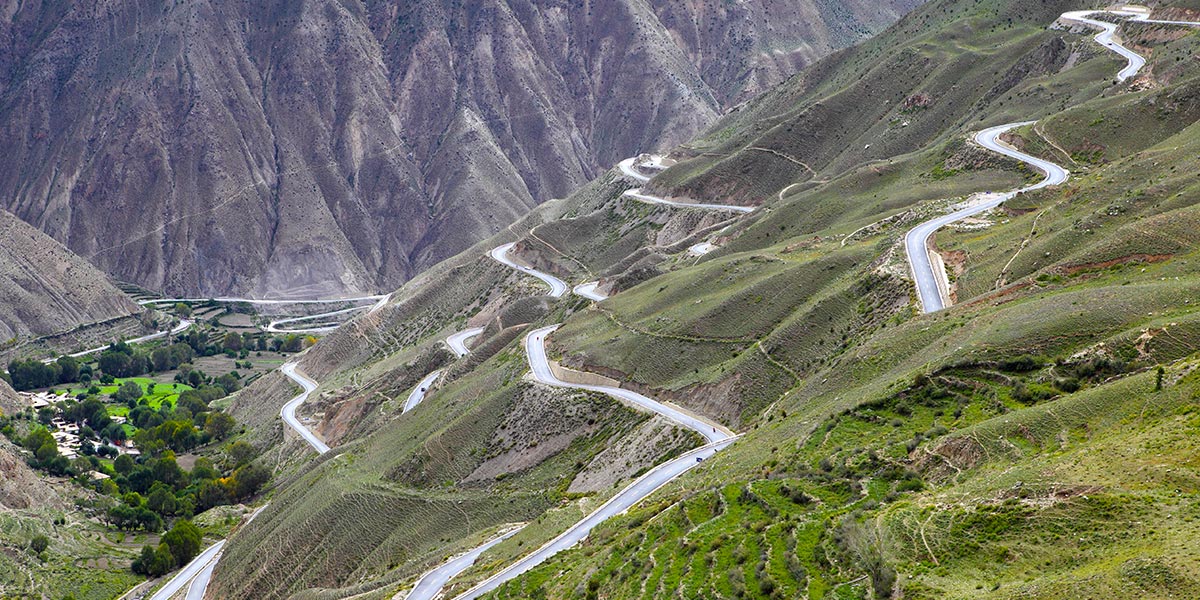The GST was conceptualised for the first time in 1999 during a meeting between the then Prime Minister Atal Bihari Vajpayee and his economic advisory panel which included three former RBI governors IG Patel, Bimal Jalan and C Rangarajan.
Much prior in February 1986, Vishwanath Pratap Singh, Finance Minister in Rajiv Gandhi’s government, proposed in the Budget a major overhaul of the excise taxation structure. The aim, he said, was to reduce the cascading effect of multipoint excise levies, and eventually help reduce costs and in turn, the prices that consumers paid. He announced the introduction of a Modified Value Added Tax or MODVAT scheme which, he said, would allow manufacturers to obtain instant and complete reimbursement of excise duty paid on components and raw materials, along with the promise of transparency and disclosure of the full taxation on the product.
Subsequently, Manmohan Singh, Finance Minister in the government of P V Narasimha Rao, started early discussions on a Value Added Tax at the state level after the Raja Chelliah Committee appointed by him to suggest reforms in the direct and indirect tax regimes submitted its report.
When Yashwant Sinha was Atal Bihari Vajpayee’s Finance Minister, a decision was taken to put an end to the sales tax war among states, and to have uniform floor rates for sales tax of various commodities with effect from January 1, 2000. The plan was to kick off VAT from April 1, 2003 however, given some resistance, it came into force only in April 2005 after the UPA government came to power.
It was Vijay Kelkar’s (Economic advisor to Jaswant Singh, who replaced Yashwant Sinha) point that India should work on a modern tax law by shifting the focus from a tax on production to a tax on consumption, and by creating a single national market that would provide a huge boost to Indian manufacturing.
There were other considerations too. India was signing regional tax treaties, which Kelkar recognised could hurt Indian industry and hobble the competitiveness of local firms. A Constitution Amendment Bill had been approved that empowered the government to tax services. Kelkar, along with Arbind Modi, an Indian Revenue Service officer who was on special duty in the Ministry of Finance, and Ajay Shah, another adviser in the Ministry, started work on a report on the Task Force for the Implementation of the FRBM, which had as its members all the Secretaries in the Ministry as well as the Chief Economic Adviser. That was the first report on a design for the GST which suggested a single low rate: 7% for states and 5% for the Centre, and which detailed a plan for a grand bargain with states to get the proposed new taxation structure off the ground.
After the NDA lost the 2004 polls, the UPA’s Finance Minister, P Chidambaram, picked up the threads. He worked out the financial support to states and campaigned for the introduction of VAT. After overcoming resistance, by 2005, Chidambaram could announce a national VAT or GST covering both the Centre and the states. The following year’s budget signalled April 1, 2010, as the date for launching GST.
By 2009, the first discussion paper on GST was unveiled by the Finance Ministry. The Finance Commission headed by Kelkar recommended several steps for the launch, including a substantial grant to the Empowered Committee to help reduce dependence on the central government to carry out research.
In 2011, Finance Minister Pranab Mukherjee introduced a Bill to provide the enabling framework for GST. That went to the Parliamentary Committee on Finance led by Yashwant Sinha, which suggested changes. During that period, resistance to the proposed GST was led by BJP-ruled Madhya Pradesh and Gujarat. Some of the states opposing the new structure also raised the issue of their autonomy being impacted. The UPA government was unable to push forward, even though Chidambaram who had returned to the Finance Ministry by then approved most of the changes the Committee recommended, and provided for a higher compensation against potential revenue losses with the implementation of GST.
After the Narendra Modi government came to power, efforts were renewed, and the legislation was approved in the Lok Sabha in 2015. But the government’s lack of numbers in the Upper House led to a long standoff with the Opposition in 2016. Back channel talks were initiated, and Finance Minister Arun Jaitley led negotiations with several stakeholders mainly state governments and gradually got them on board.
The passage of key bills has now paved the way for the launch of GST on July 1, 2017.”
On 30th June 2017 mid night Prime Minister Modi launched the GST in the presence of an august gathering at the Central Hall of the Parliament and finally GST has seen the light of the day.

